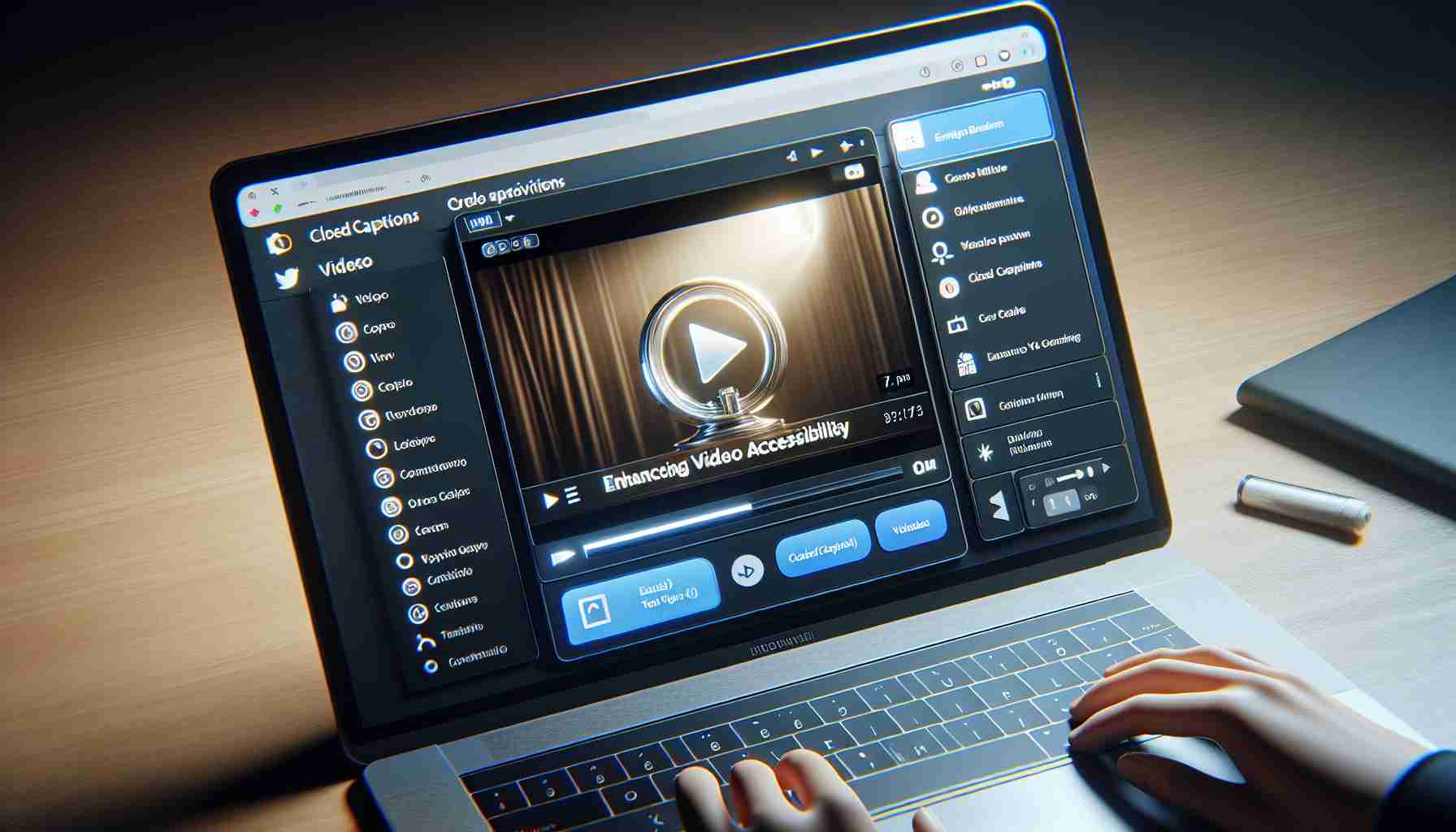Google Drive has recently introduced a groundbreaking feature to improve video accessibility on its platform. This innovative addition automatically generates captions for uploaded videos, significantly expanding the reach of video content. Through the utilization of cutting-edge speech recognition technology, Google Drive can now transcribe audio content from videos into text-based […]
Digital Accessibility
Digital Accessibility refers to the practice of making digital content, tools, and environments usable by all individuals, including those with disabilities. This encompasses websites, applications, documents, and multimedia, ensuring that people with various disabilities—such as visual, auditory, motor, and cognitive impairments—can access and interact with digital information effectively.
Digital Accessibility involves adhering to established guidelines and standards, such as the Web Content Accessibility Guidelines (WCAG), which provide criteria for creating accessible digital experiences. The goal is to eliminate barriers that prevent people with disabilities from accessing information and services available online, promoting inclusivity and equal opportunities in the digital realm. Implementing digital accessibility not only supports individuals with disabilities but also enhances overall user experience, benefiting all users by providing clearer, more navigable, and adaptable digital environments.
